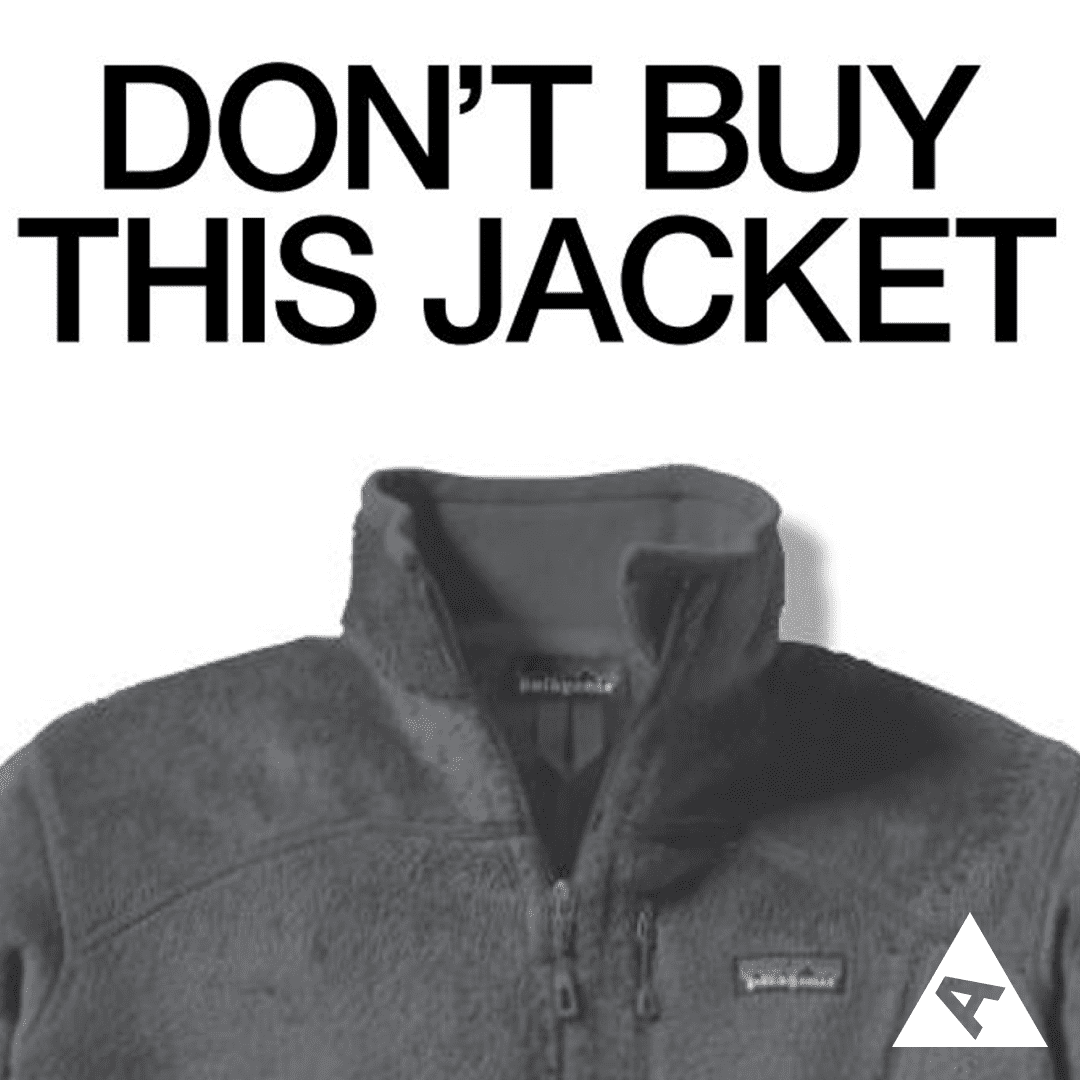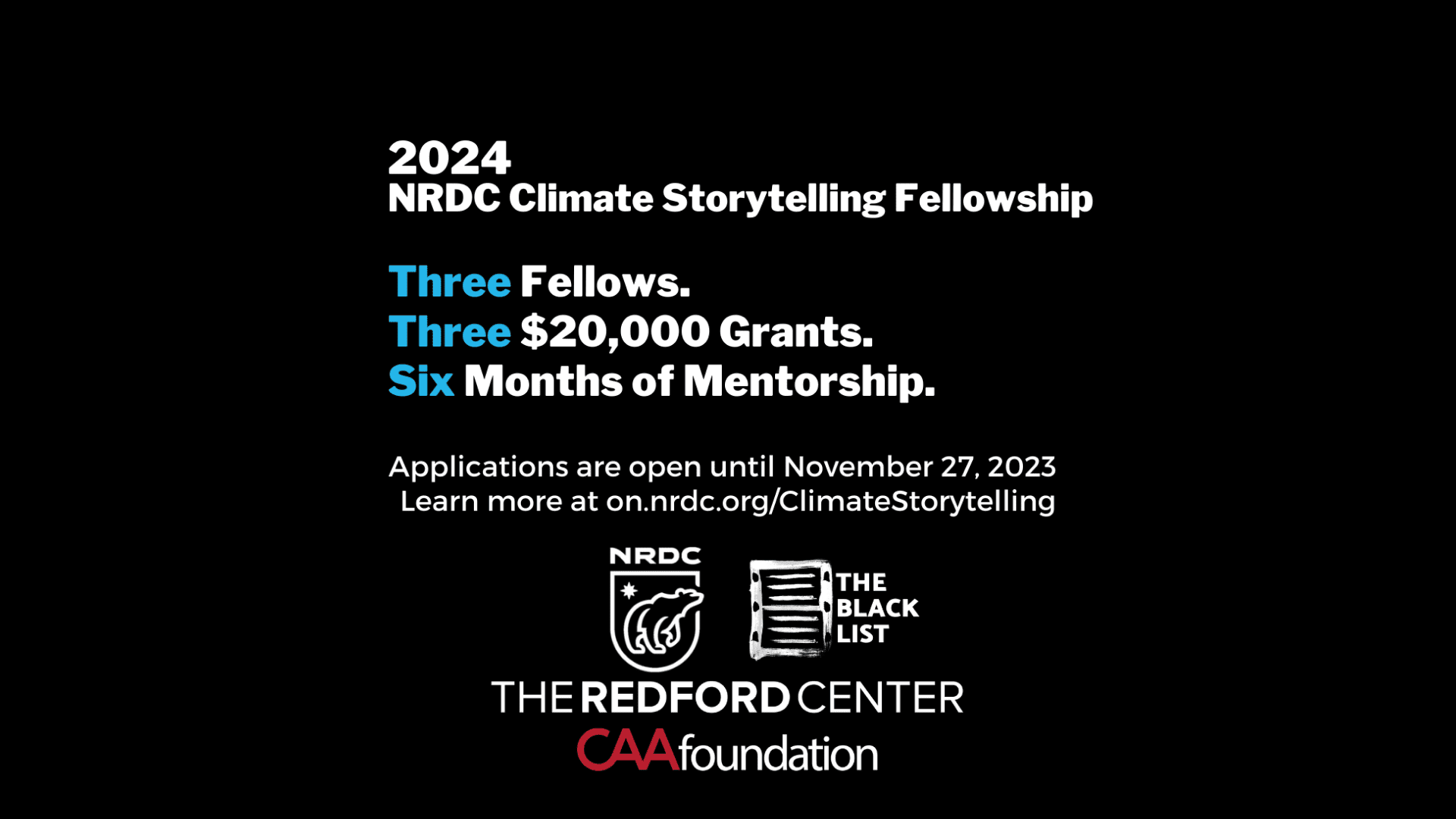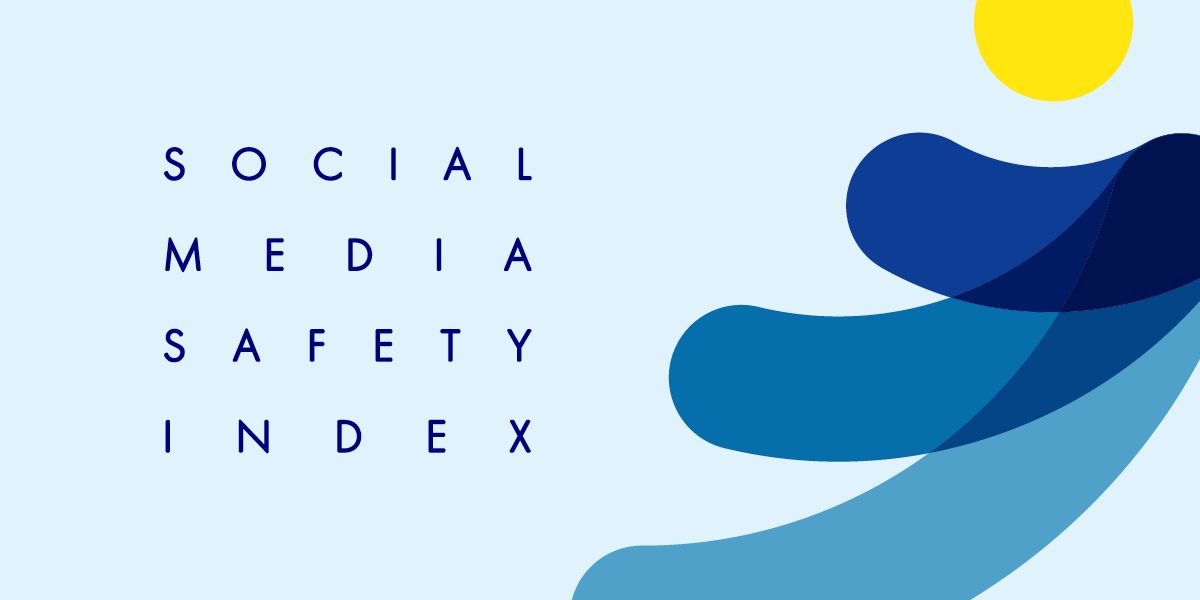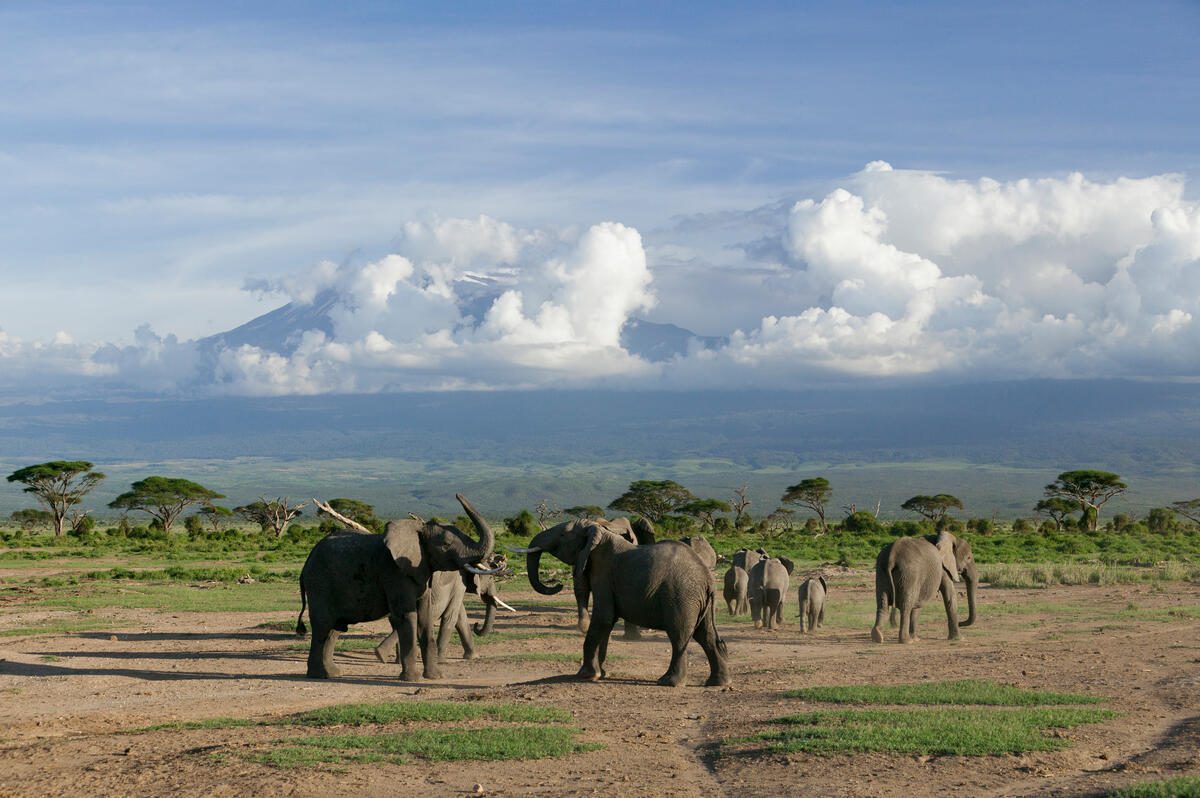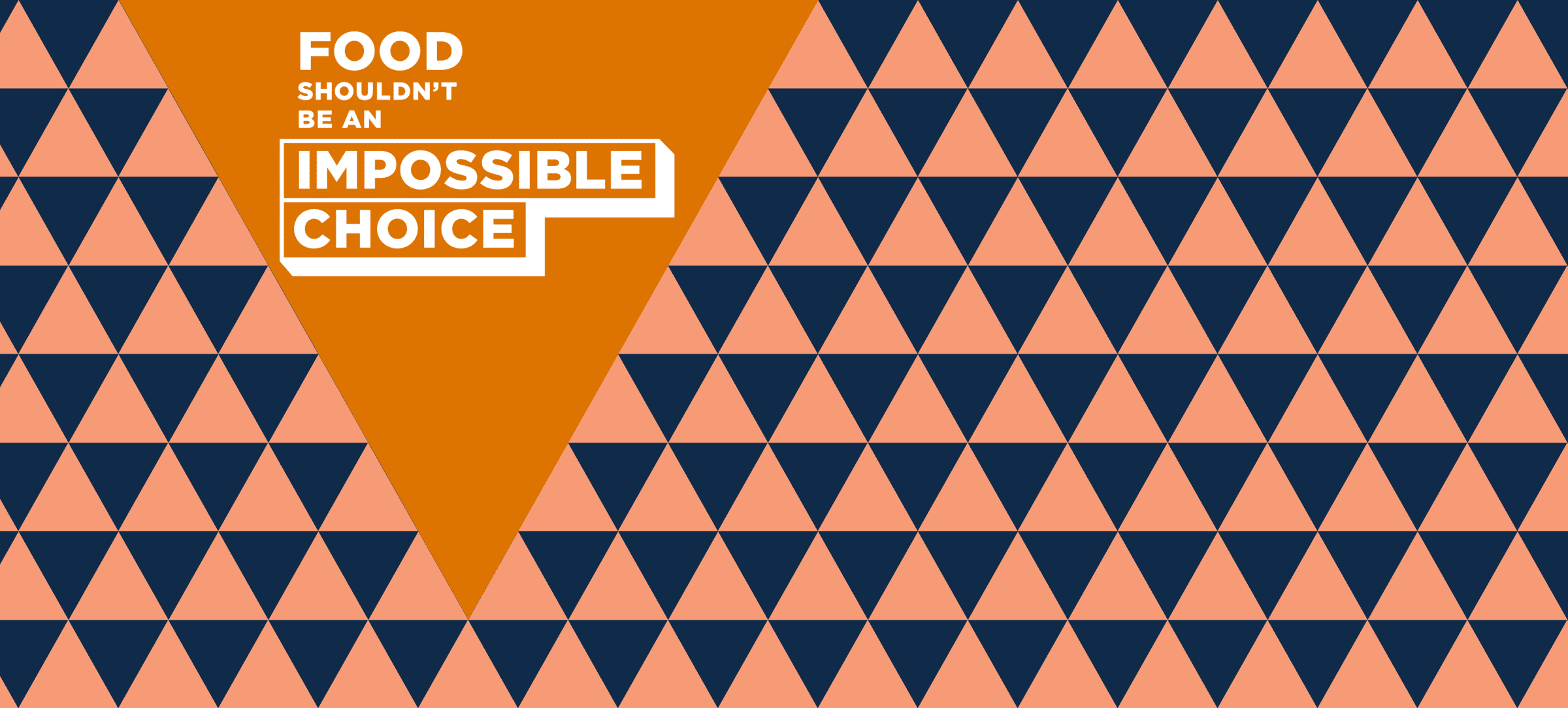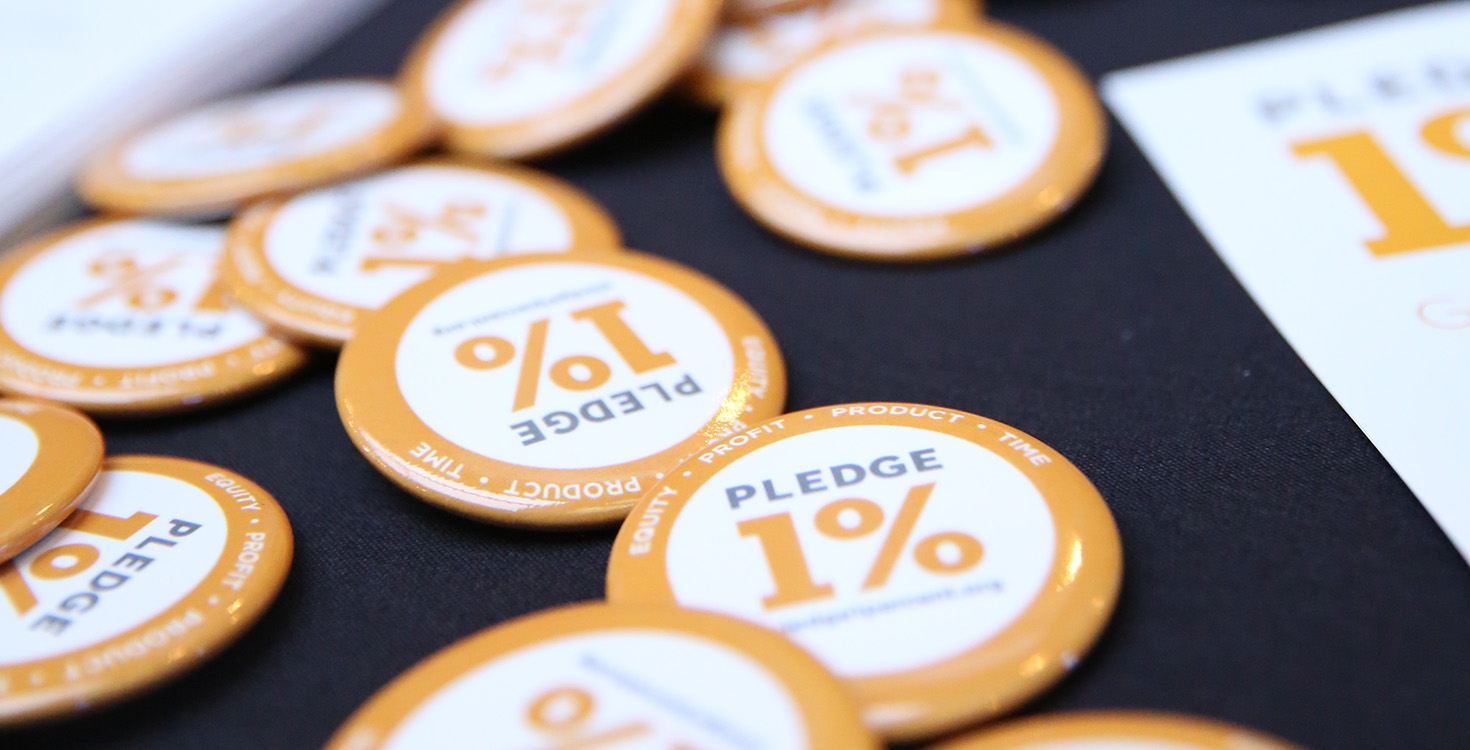GLAAD’s Visibility Project
From conducting groundbreaking research to creating new resources for agencies, GLAAD’s Visibility Project is working to increase LGBTQ representation in the ad industry. Read our interview with GLAAD’s President & CEO, Sarah Kate Ellis.
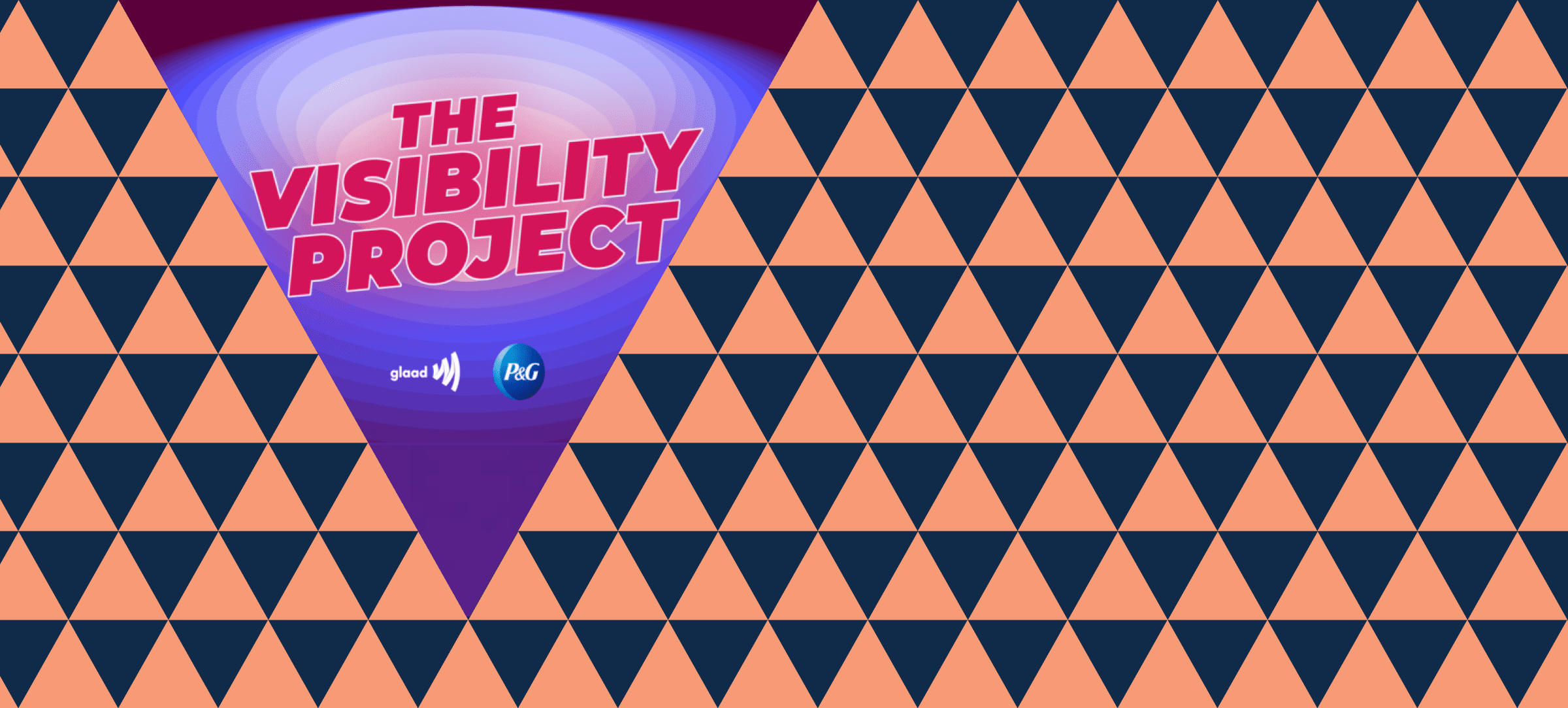
Why do you think LGBTQ representation in advertising lags behind other media?
For a long time, advertisers were concerned about including LGBTQ people in advertising and marketing campaigns because they feared anti-LGBTQ responses from the general public. As acceptance and understanding of LGBTQ people rapidly grows, it opened the door for brands to engage with our community and allies. Today, our research with P&G shows 75% of non-LGBTQ consumers are comfortable seeing LGBTQ people in ads today and those consumers who see us, are more accepting of our community and issues we face. Now advertisers are concerned about how to get LGBTQ representation accurate and authentic.
Why is it so important to increase LGBTQ inclusion in advertising, specifically?
A recent study found that only 1.8% of characters in ads at the Cannes Lions festival were LGBTQ. However, a Gallup poll released earlier this year shows that almost 1 in 6 Gen Z adults identify as LGBT, and that number would be even higher if you surveyed those who identify as queer. The reality is that as more people identify as LGBTQ, the advertising world needs to reflect the reality of the world we live in by including us. Plus, with the massive reach that brands have on social media and via public ads, they can be a wildly successful messenger for stories of LGBTQ people that create change and for stories that drive awareness of issues affecting our community. Just this year, there were over 250 anti-trans bills introduced in state legislatures across the country, largely attacking trans youth. There is an epidemic of violence facing trans women of color, with this year set to be the deadliest on record. LGBTQ people are still not protected from discrimination in more than half of U.S. states. What people see and hear in media – from television series to social media posts in advertising – impacts the decisions they make in the boardrooms, academia and institutions of higher education, court rooms, newsrooms, living rooms and at the ballot box. When they see and hear members of the LGBTQ community accurately and authentically included in media, they make decisions that advance equality for everyone.
The research you conducted for The Visibility Project showed that many advertisers and agencies are fearful of backlash over inauthentic LGBTQ inclusion. How do you create content that is authentic? What factors are most important for authenticity?
Since 2015, when same-sex marriage became legal in all 50 states, we’ve seen an explosion of Pride campaigns in support of the LGBTQ community. However, since then, we’ve also witnessed growing scrutiny from our community when it comes to what brands engage with our community and how they approach their campaigns, specifically around Pride Month. To avoid “pink-washing”, brands need to be joining a movement, not market to a moment. Oftentimes, the work starts internally. Brands need to reflect on their HR policies, hiring practices, and internal structures to first see if they are walking the walk.
After they are aligned internally, we tell brands that it is important for brands to go beyond just doing a merch line that celebrates the community and to actually use their campaign to highlight LGBTQ issues or raise awareness about our community. Go beyond the rainbow and tell a story, instead of a rainbow graphic. But when you tell those stories or ask social talent to share them, remember to compensate talent for their time and to bring LGBTQ talent into the planning and campaign development phases. Additionally, brands need to remember that the LGBTQ community doesn’t only need their support during Pride Month. We need to be supported and visible all-year round, which is exactly why we’re working with brands to increase LGBTQ visibility and inclusion holistically, rather than just during the month of June. Lastly, it’s incredibly important to remember that people intersect with every community: White, Black, Asian, Latin; young and old; disabled; from every walk of life. When including LGBTQ people, brands need to be highlighting the diversity of our community.
Your research also found a notable disparity: 55% of agencies agree that featuring LGBTQ people is supported by their top management, but just 39% of advertisers said the same. How do you address that gap? How should agencies advocate for LGBTQ representation?
What our most research found is that attitudes from brands and advertisers do not align with the realities of how consumers view brands who are LGBTQ-inclusive. Our first study with P&G in 2020 found that consumers look favorably upon companies who included LGBTQ people in their advertisements. For example, 82% of respondents said that it reflects the company’s value for all kinds of diversity, and 80% of respondents believe that it reflects that the company is making a statement about the importance of recognizing LGBTQ people. These end a strong message to brands and media outlets that including LGBTQ people in ads is good for business and good for the world.
Another important aspect is that there needs to be more diversity reflected amongst marketing and ad executives who are making these decisions. The more diverse voices who are at the table making decisions are bound to have a profoundly positive impact on who is included in ads and what stories are being told.
The Visibility Project aims to equip advertisers and agencies with the tools and expertise they need to create LGBTQ-inclusive work. How did you develop those resources?
With the Visibility Project, GLAAD is leveraging three decades of cultural changing work with studios and content creators, social media platforms, and corporate and global leaders in order to create success for other industries. We partner with industry leaders to create resources that help drive representation. In addition to our research with P&G, we recently launched a Guidebook for LGBTQ Imagery with Getty Images, so that brands and others who use Getty Images begin more accurately and authentically portray our community.
We provide brands with our industry-leading research, GLAAD’s Accelerating Acceptance Study, GLAAD’s LGBTQ Inclusion in Advertising & Media, and GLAAD’s Accelerating LGBTQ Representation in Advertising: The Perspective of Marketing & Agency Executives, which all provide important insights into the state of LGBTQ acceptance and the impact of media representation.
Additionally, we offer brands opportunities to work with expert subject matter leaders of the GLAAD Media Institute with capabilities and resources, including custom research development and execution, advertising content development and review, casting assistance, marketing and promotion planning, and more. All of this is aimed at leveraging the powerful reach of brands to tell stories that create change.
As experts on growth and evolution in the LGBTQ community, and the nuances related to identity and expression, GLAAD and the Visibility Project can help brand leaders, advertisers, and agencies create opportunities for meaningful inclusion and authentic representation of LGBTQ people.
Are there any specific campaigns that have done LGBTQ represenation well? What standard do they set for the industry?
P&G has really been a powerful leader in this space, not just on behalf of its own brands but in creating change across the ad industry. In June 2019, P&G brand Pantene announced its official partnership with GLAAD through the launch of “Don’t Hate Me Because I’m BeautifuLGBTQ+” campaign, featuring a range of people within the LGBTQ community and their own unique stories of transformation. At the end of 2019, Pantene’s “Home for the Holidays” ad premiered, which featured members of the Trans Chorus of LA and was created in partnership with GLAAD. P&G has also released some of the other most memorable LGBTQ-inclusive ads in recent years including Gillette’s “First Shave” ad featuring a young Black transgender man shaving with his dad, showcasing a diverse group of trans people speaking about the importance of hair to them.
What would a more inclusive advertising and marketing industry look like?
We’ve reached a point where brands can no longer afford to isolate themselves from important cultural conversations around inclusion, equality, and equity. As we’ve witnessed through the COVID-19 pandemic and ongoing acts of racial injustice in America, consumers expect and look upon brands to use their resources to make true, impactful change.
True investment in Diversity, Equality, and Inclusion requires strategic and sustaining planning, design, and action. A more inclusive advertising and marketing industry would be one that fairly and accurately reflects the world we live in, both on screen and behind the scenes. It starts internally by creating an environment that is not only diverse among staff, but also conducive to important conversations about the brand’s role in diversity, equality, and inclusion efforts. On-screen, it is about intentionally working to create ads that prioritize impact, as well as accurate and authentic representation, especially of marginalized communities.


